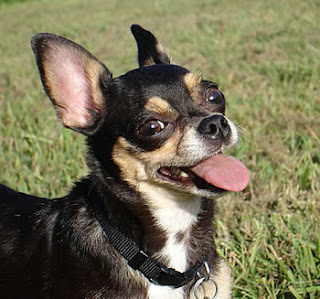Making your dog comfortable : Part 1
 Taking your new puppy home
Taking your new puppy home
Ideally, your puppy should be about ten weeks old when it is taken form the litter. Any younger, and important social skills, such as play and feeding, that it learns from its mother and the rest of the litter, will not be fully developed. This can lead to troublesome behavior as your puppy develops into a mature dog. Take your new puppy home in a special carry case or wrapped in a blanket on your knee. Always have some tissues in case the puppy is car sick.
House breaking your puppy
As soon as you arrive home, offer your puppy the chance to relieve itself outside. If the weather is cold and wet, stand your puppy on some newspapers indoors. Praise your pet when it uses the newspapers. Ignore it if it soils any other surface unless it is outside the home. The puppy will soon realize that it must only use the newspapers.

